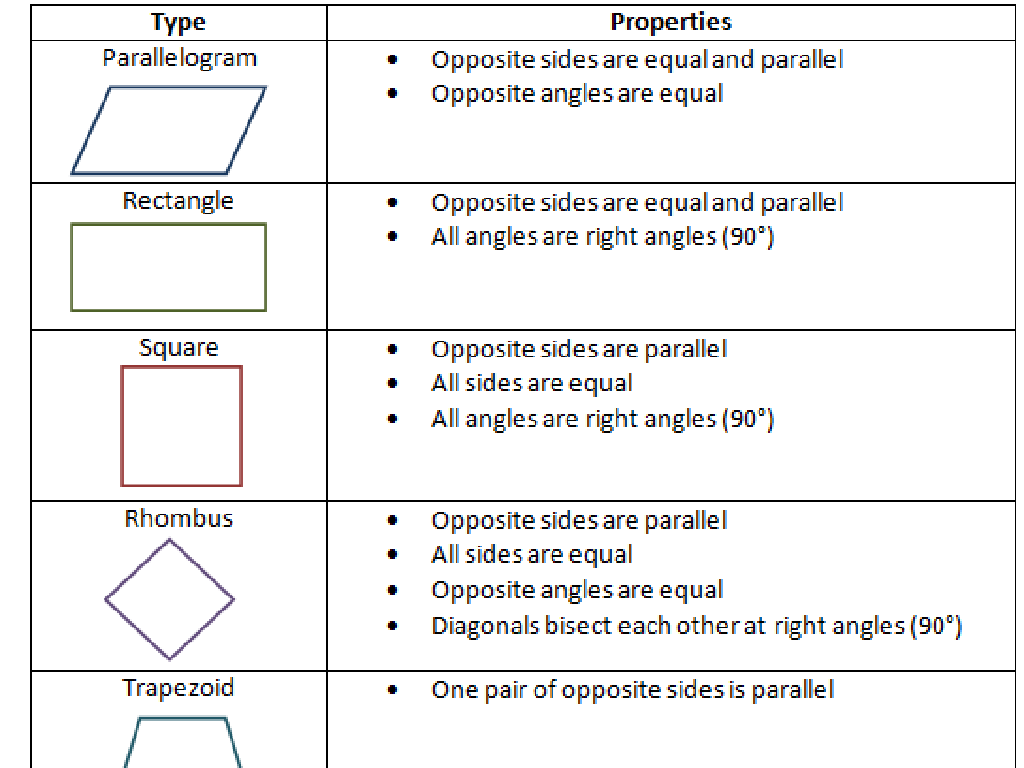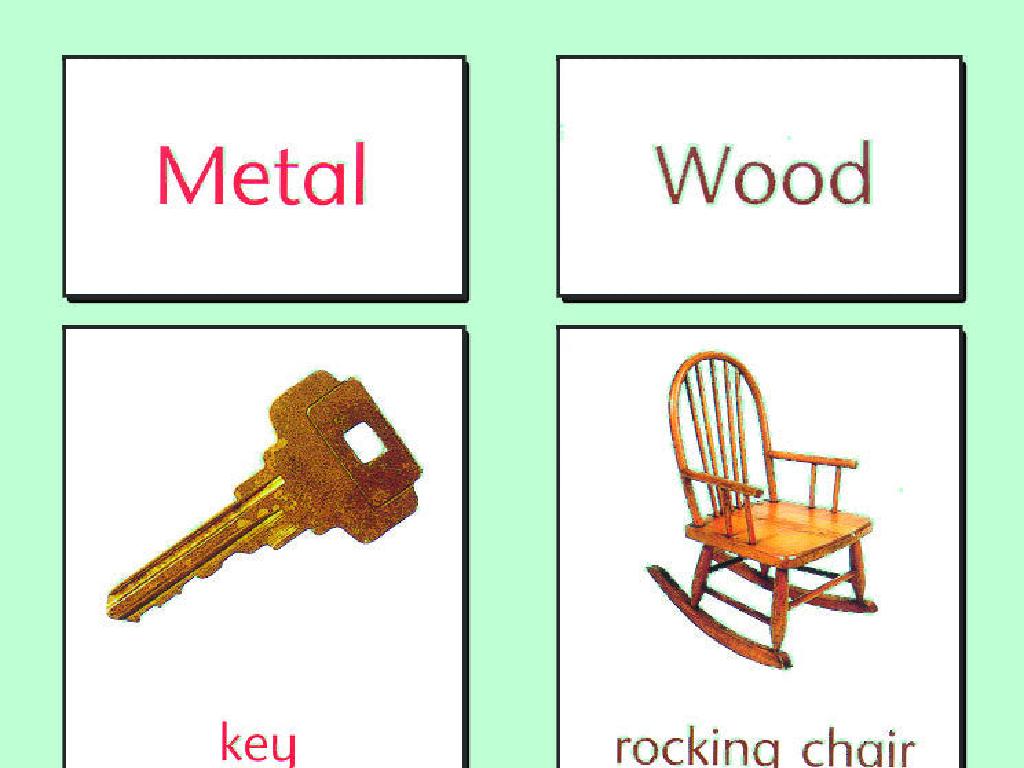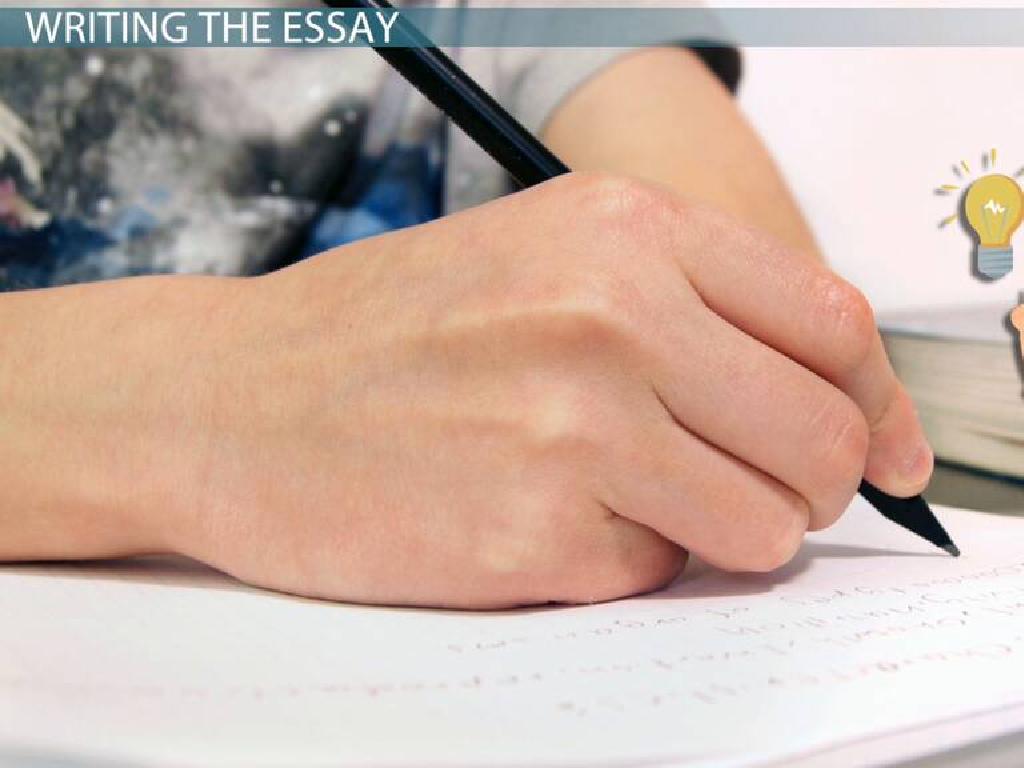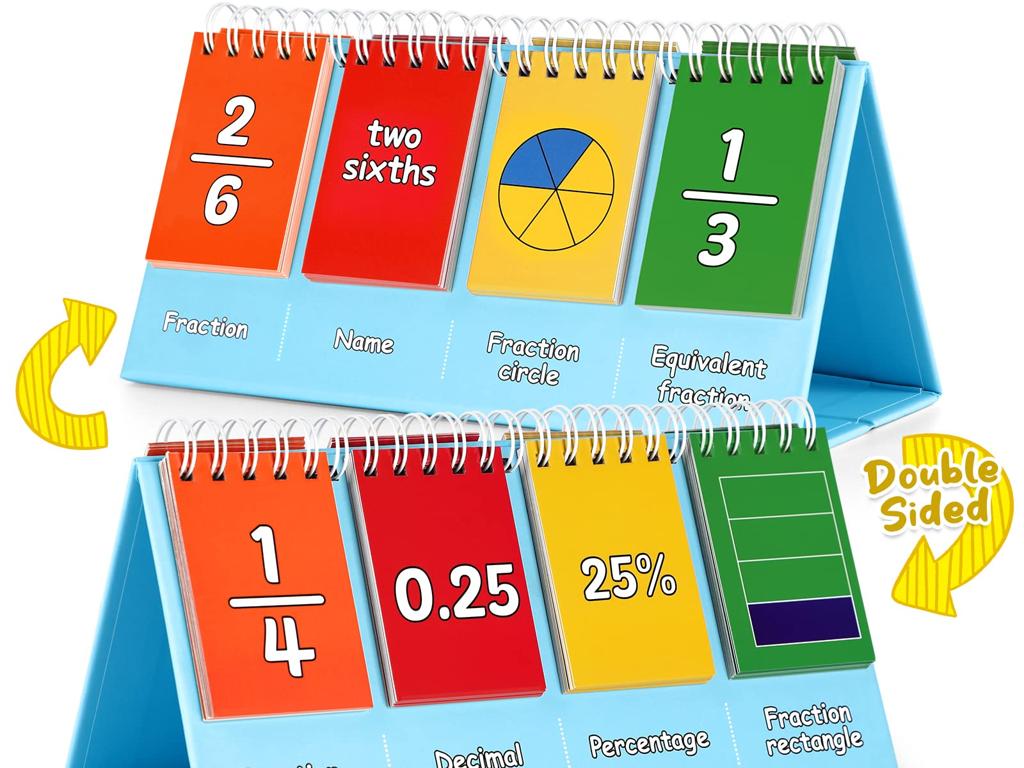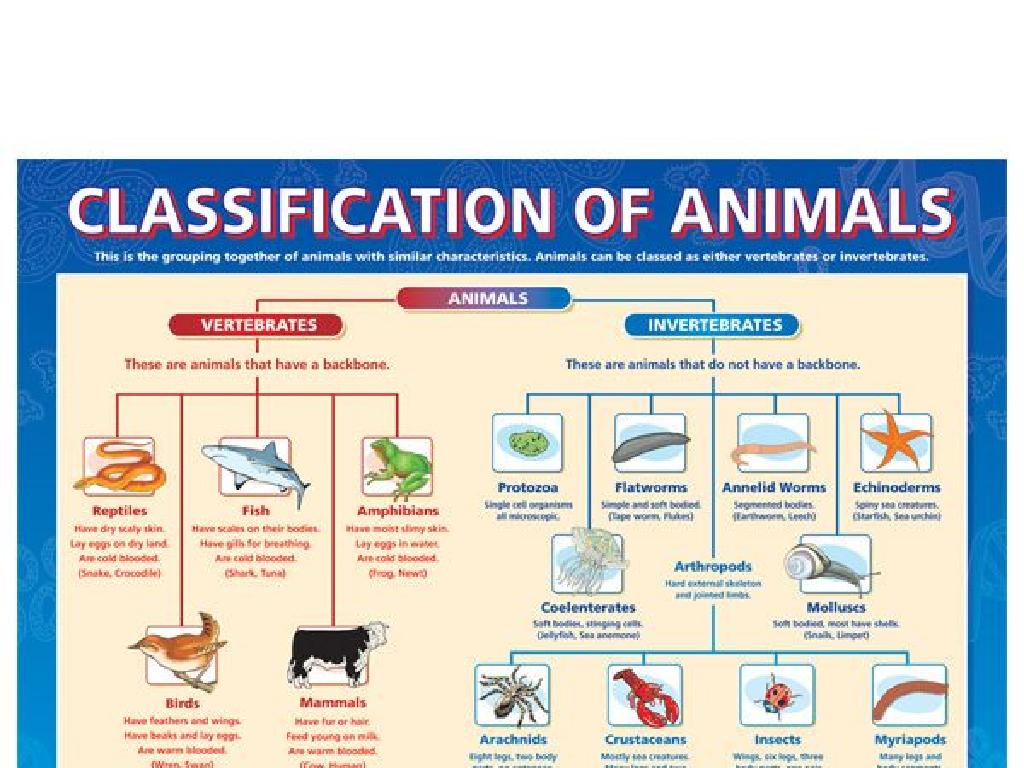Match Problems With Their Solutions
Subject: Language arts
Grade: Sixth grade
Topic: Text Structure
Please LOG IN to download the presentation. Access is available to registered users only.
View More Content
Text Structure: Problems & Solutions
– Explore text structure basics
– Focus: Match problems with solutions
– Understand how authors present conflicts and resolutions
– Why it’s key in reading & writing
– Recognizes patterns, improves comprehension & writing skills
– Class activity: Identify & match
– Find problem-solution pairs in sample texts
|
This slide introduces the concept of text structure, focusing on the problem-solution pattern, which is a common way that authors organize information. Understanding this structure helps students to better comprehend and analyze texts, as well as improve their own writing by organizing their thoughts clearly. Emphasize the importance of recognizing this pattern to enhance reading comprehension and writing coherence. The class activity will involve students working with sample texts to identify problems and their corresponding solutions, fostering interactive learning and practical application of the concept.
Understanding Text Structure
– Definition of text structure
– How information is organized in writing
– Purpose of different structures
– Each structure organizes info for specific goals
– Common text structures
– Compare/Contrast, Cause/Effect, Sequence
– Matching problems with solutions
– Identify structure to comprehend & solve problems
|
This slide introduces the concept of text structure, which is crucial for students to understand how information is presented in a passage. Emphasize that recognizing the structure can help them better comprehend the material and find solutions to problems presented in the text. Provide examples of different text structures such as Compare and Contrast, which highlights similarities and differences; Cause and Effect, which explains reasons and results; and Sequence, which describes items or events in order. Encourage students to practice by identifying the structure used in various texts and discuss how it helps to solve problems or answer questions posed within the text.
Understanding Problem and Solution Structure
– Recognize ‘problem and solution’ structure
– Text presents an issue followed by a resolution
– Key words: problem, solution, therefore
– Words that signal this structure in texts
– Examples: Stories, articles, real-life scenarios
– ‘A character is lost (problem) and uses a map (solution)’
– Practice identifying in texts
– Find this structure in your favorite book or article
|
This slide introduces the ‘problem and solution’ text structure, which is commonly used in various forms of writing. Students should learn to identify when an author presents a problem and then offers one or more solutions. Emphasize the importance of key words such as ‘problem,’ ‘issue,’ ‘solution,’ ‘solved,’ ‘therefore,’ and ‘as a result,’ which help signal this structure. Provide examples from familiar stories or articles and encourage students to think of real-life scenarios where problems are followed by solutions. Instruct students to practice by finding and discussing this structure in texts they enjoy, enhancing their comprehension and analytical skills.
Identifying Problems in Texts
– Spotting problems in a text
– Clues: challenge, dilemma, obstacle, issue
– Example: School’s small library
– The library can’t accommodate all students.
– Discuss the impact of the problem
– How does a small library affect students?
|
This slide aims to teach students how to identify problems within a text by looking for specific clues such as words like ‘challenge,’ ‘dilemma,’ ‘obstacle,’ and ‘issue.’ Use the example of the school’s library being too small to illustrate a clear problem. Discuss with students how to infer the impact of this problem on the school’s students, such as limited access to resources or space for studying. Encourage students to think critically about the consequences of the identified problem and how it drives the narrative or argument in the text. This will help them understand the importance of problem and solution structures in writing.
Finding Solutions in Text
– Solutions follow problems
After a problem is presented, authors describe how it was solved.
– Search for solution clues
Words like ‘solved’, ‘addressed’, ‘improved’ hint at solutions.
– Example: Community fundraiser
The fundraiser is the solution to the need for a new library wing.
– Practice identifying solutions
|
This slide aims to teach students how to identify solutions within a text, a key component of understanding text structure. Start by explaining that solutions are typically presented after a problem has been introduced. Teach students to look for specific clues or keywords that indicate a solution is being described. Use the example provided to show how a community’s action to hold a fundraiser is a solution to the problem of needing a new library wing. Encourage students to practice this skill by reading passages and identifying problems and their corresponding solutions, reinforcing their comprehension and analytical skills.
Matching Problems with Solutions
– Practice matching exercise
– Read passages as a class
– Find problems in passages
– What is the main issue the characters face?
– Identify solutions in passages
– How do the characters solve their issue?
|
This slide is designed for an interactive class activity focused on understanding text structure by matching problems with their solutions. Start by explaining the concept of problems and solutions in stories. Then, read short passages together as a class, and guide students to identify the problem presented in each passage. After pinpointing the problem, lead the discussion to find the solution provided in the text. Encourage students to think critically about how the problem and solution are related and how the author presents them. For the activity, prepare several passages with varying complexity to cater to different reading levels within the class. Possible activities include group discussions, individual work, or creating a class chart of problems and solutions found in the passages.
Group Activity: Crafting Problem & Solution Paragraphs
– Form small groups for writing
– Write a paragraph with a problem
Describe a challenge faced by a character.
– Include a solution in your story
How is the problem resolved?
– Use key vocabulary words
Incorporate words like ‘issue’, ‘resolve’, ‘consequence’.
|
This group activity is designed to foster collaboration among students and apply their understanding of problem and solution text structure. Divide the class into small groups and instruct them to create a short narrative paragraph that outlines a clear problem and a subsequent solution. Encourage them to use key vocabulary words related to problem and solution that have been discussed in class. After the activity, each group will present their paragraph to the class, allowing students to learn from each other’s creativity and grasp of the concept. For the teacher: Prepare a list of key vocabulary words on the board for reference, monitor group progress, and provide assistance as needed. Possible variations of the activity could include creating comic strips, role-playing, or writing from different perspectives.
Class Discussion: Problem & Solution
– Share your paragraphs
– Discuss identification methods
– How did you figure out the problem and its solution in the story?
– Highlight key words used
– Look for words like ‘challenge’, ‘issue’, ‘resolve’, ‘overcome’
– Reflect on the process
– Was it easy or hard to find clues?
|
This slide is meant to facilitate a class discussion on identifying problems and their solutions within text. Students will share the paragraphs they’ve written, focusing on the problem and solution structure they’ve identified. Encourage them to explain the process they used to determine the problem and solution, and to point out any key words or phrases that signaled these elements in the text. This will help students understand how authors structure their writing and improve their analytical reading skills. The reflection on the process will allow students to evaluate their own understanding and learn from their peers’ strategies.
Review and Reflect: Problem and Solution
– Importance of problem identification
– Benefits in reading comprehension
– Recognizing problems helps us grasp the main points and conflicts in a text.
– Enhancing writing skills
– Knowing how to present problems and solutions can improve our own storytelling and persuasive writing.
– Quick quiz on problem & solution
– We’ll read a passage together and you’ll pinpoint the problem presented and the solution proposed.
|
This slide aims to consolidate the students’ understanding of the problem and solution text structure. Emphasize that identifying problems and their solutions is crucial for understanding the plot and message of a story. It also aids in enhancing critical thinking skills as students learn to analyze texts and discern the author’s intent. In writing, this knowledge allows students to structure their own work effectively, presenting clear arguments and resolutions. The quick quiz will be an interactive way to assess students’ grasp of the concept. Provide a short passage and ask students to identify the problem and solution, either in pairs or individually, to encourage participation and apply what they’ve learned.
Homework: Problems & Solutions in Texts
– Find an article or story
– Note the problem presented
– What challenge or issue is faced?
– Write down the solution
– How is the issue resolved in the text?
– Get ready for class discussion
|
This homework assignment is designed to help students recognize the problem and solution text structure, which is a common way authors organize information. Students should look for a clear issue or challenge in the article or story they choose and then identify how that issue is addressed or resolved. Encourage them to consider why the author chose to present the problem and solution in this way and what effect this has on the reader’s understanding. In the next class, students will discuss their findings, allowing them to learn from each other’s insights and improve their analytical skills.

